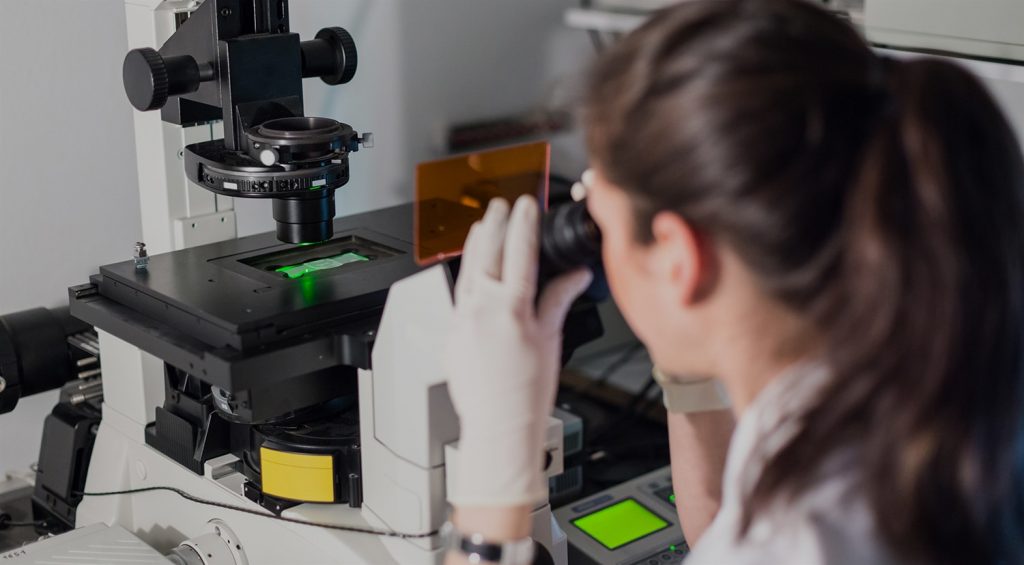The main difference between primary cells and tumor cell lines is that the first are isolated directly from healthy human or animal tissues while others have normal diploid chromosomes and maintain much of the physiological properties of the tissue from which they are derived.
During drug development, and before ever administering a new drug to a human patient, it’s necessary to predict how the drug might be metabolized in a healthy individual, and how that individual might adversely respond to the drug. The tumor cell lines make for poor predictors of how a healthy person may respond to a drug due to typically being diseased. On the contrary, to test primary human cells derived from different donors allows to assess the effects of biological variation of drug metabolism.

The primary cells can be used in drug toxicity studies and this is one of the particularly exciting opportunities for primary cells and one where we can reduce the amount of animal testing. Until now, regulatory agencies have typically recommended animal studies for toxicity testing. However, because animal models are not often predictive of human responses, and there is an increasing desire to minimize animal testing for ethical reasons, many researchers are now using primary human cells derived from healthy tissue to complement and even replace animal studies.
Primary cells become especially important when an incidence of toxicity in animals occurs during pre-clinical testing. By including both animal and human cells side-by-side in mechanistic toxicity studies, researchers can more definitively demonstrate to regulators how the mechanism of toxicity is different between animals and humans, and find ways to modify the drug to eliminate the toxicity potential. 3D cell models and organ-on-chip platforms more readily mimic humans and find ways to modify the drug to eliminate the toxicity potential. They are also increasingly important in this phase of drug development.
Skin modelling is another major application of primary cells in toxicity studies. Determining what happens to skin when it comes into contact with a new chemical is essential and the use of animal models for this purpose is often not allowed. To address this, primary human keratinocytes and dermal fibroblasts can be combined in a collagen matrix to mimic full-thickness skin for performing testing in the laboratory rather than in animals.

